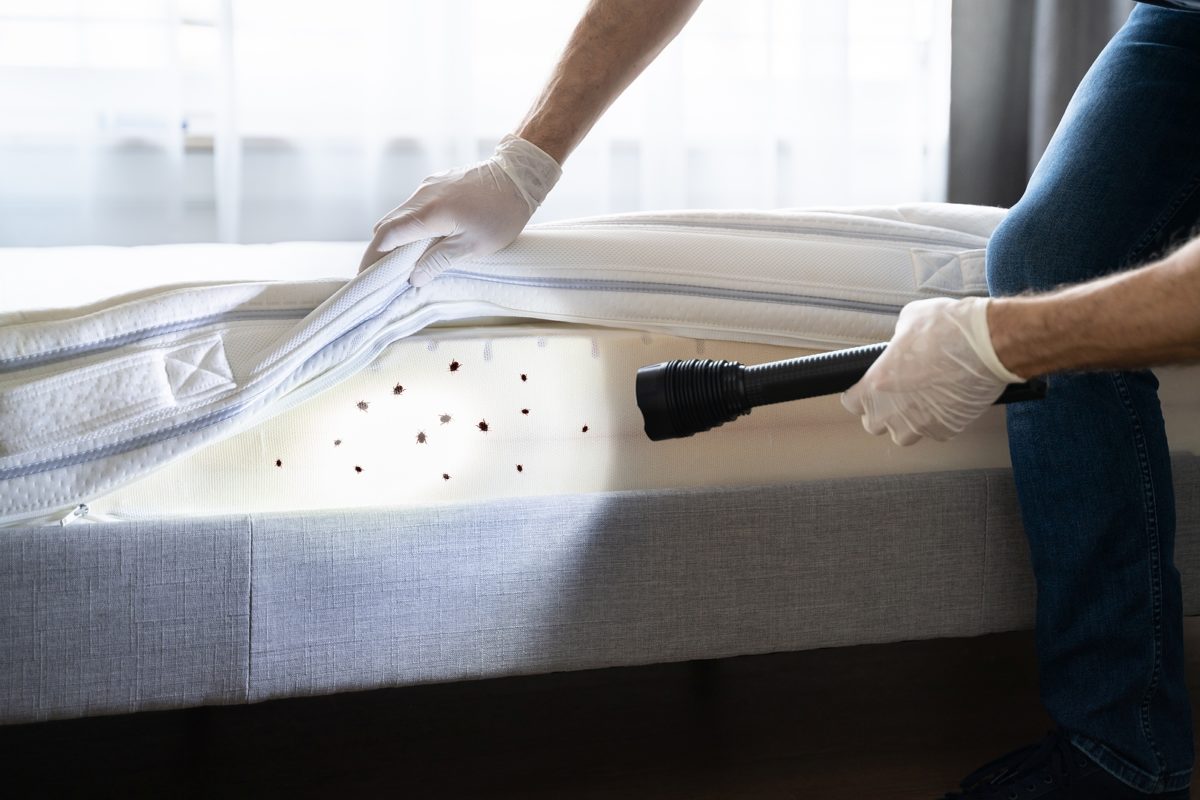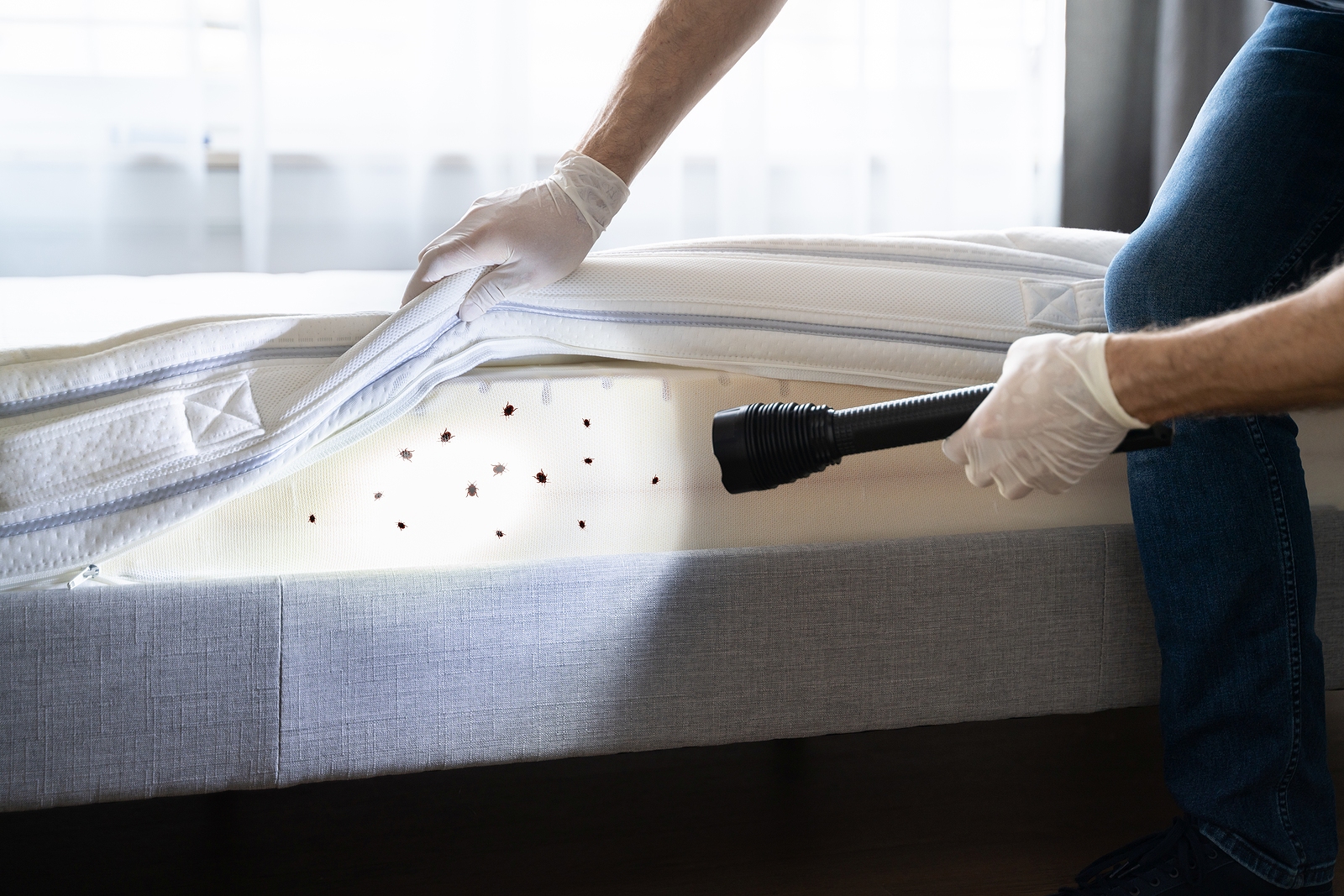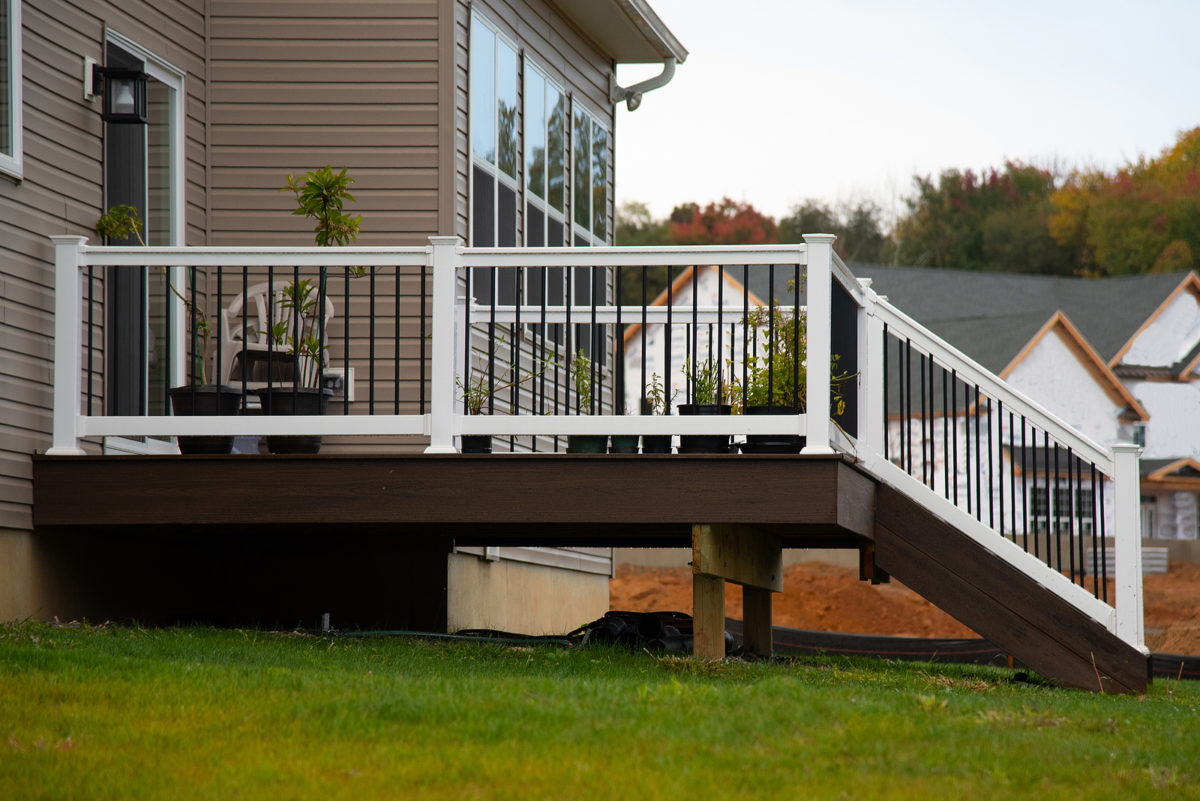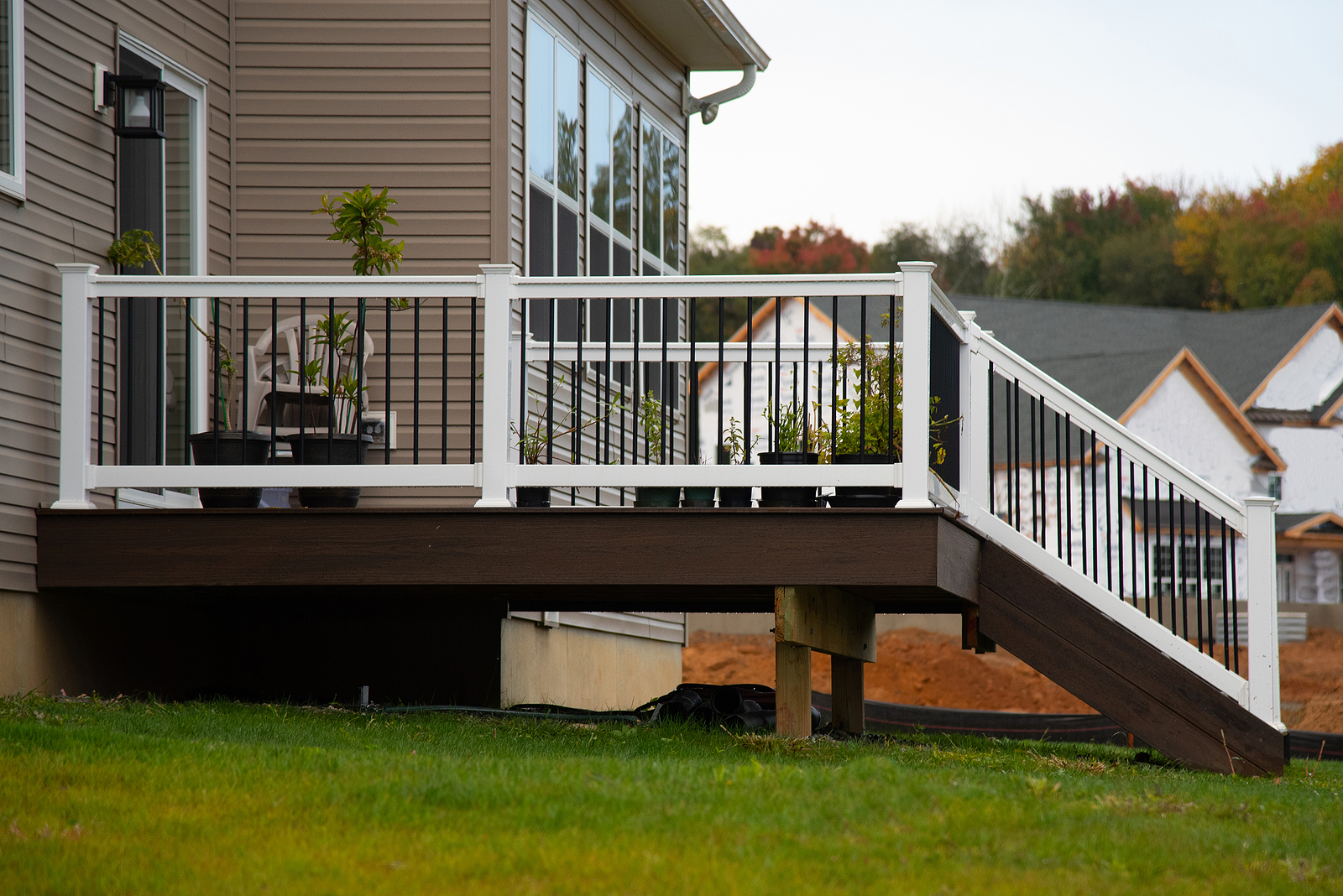You can clean your home like a professional. Organize and decorate ‘til the cows come home. Nine times out of 10, however, what your guests will notice first are those little eyesores that you’ve grown so accustomed to that you no longer notice them.
It’s the snake’s nest of cables and cords near the TV and/or the computer, the art work hung too high and the car keys and mail haphazardly thrown on a table or counter. The neater and cleaner a home is, the more a guest’s eyes will be drawn to the eyesores; they’re out of place and catch our eyes.
We rounded up some of the more common household eyesores and the solutions for them. Easy DIY projects, you can get started on them this weekend.
1. Cords and cables galore
They’re found in the kitchen, living room, bedroom, office and even in the exercise room. Wherever there are electronics you’ll find cords, chargers and cables, typically in a tangled mess.
Even one cord, say from the cable outlet to the TV mounted high on the wall, can be an eyesore.
Thankfully, there are some pretty nifty inventions to help you hide the mess.
Check out the cable management boxes at Amazon.com. We like the D-Line Cable Management Box for its understated branding, making it a bit more stylish than the others.
Other ideas include:
- Clipping the mess to the back of furniture. Amazon carries non-damaging plastic clips for this purpose.
- Hide that cord from the wall-mounted TV with a cord concealer kit.
- Check out the Cable Slinky, a rubber, spiral cord wrap.
- For cords and cables that snake through the home, consider baseboard cord channels. These self-adhesive channels are attached at the bottom of baseboards for a seamless solution to the cord clutter problem.
- Finally, check out this ingenious solution (fake books!) from an Etsy seller.
2.Heating/cooling ugliness
Used only a few months out of the year, the window-installed AC unit can become an eyesore. We found several projects that will help you conceal it and its cousin the radiator, during the periods they aren’t in use.
- An adorable DIY window AC unit enclosure that cost the creator only $30 in supplies. Find it online at vintagemeetsglam.com.
- Wall-mounted radiators? We love this clever DIY solution we found at thespruce.com.
- Camouflage air vent returns with covers. You can buy them online at beaux-artsclassicproducts.com or fancyvents.com.
- If you’re handy with tools, you may want to try this DIY hide-the-AC-unit shoe rack project at engineeryourspace.com.
- Love Ikea hacks as much as we do? Check out this amazing, trendy project to hide the AC unit at popsugar.com.
3. Dress up the box spring mattress
Sure, you can buy a dust ruffle to hide the box spring mattress in the guest bedroom, but there are more on-trend solutions you can try.
DIY the project with stunning fabric and a staple gun. Get the how-to at rainonatinroof.com or thisoldhouse.com.
Earlier we touched on one eyesore that drives designers nuts and is an eyesore to visitors: pictures hung too high. So, just how high on the wall should you hang them? Find out from bobvila.com.



















